Category: FAIRS
FAIRS
June 15, 2017 — June 19, 2017
“The Seedbed of Self-Invention”
We are pleased to announce that we will present an exhibition of extraordinary Warhol drawings and vintage prints by Weegee at Art Basel this year, including new discoveries that are bound to cause a sensation. UH, GEE, GREAT explores the tacit relationship between Andy Warhol and Weegee. Continue reading “Art Basel 2017”
May 5, 2017 — May 7, 2017
In our first exhibition at FRIEZE New York we are delighted to present, True Vintage, a selection of rare and newly discovered treasures. The highlight of True Vintage is Lunch Atop a Skyscraper. In 1932, an unidentified photographer, climbed 70 stories to the top of the RCA building in the final months of its construction, and captured one of the most recognizable and important photographs in American history. Eleven intrepid steel workers are seen enjoying lunch as they sit on a steel beam 800ft above the city streets. It’s a dazzling spectacle to see. Taken September 20, 1932 and printed within two weeks, we were thrilled at the discovery since the original glass negative is broken and we could not locate a single vintage print. This is the earliest known print from the original, unaltered negative. Every detail is vividly present and preserved in stunning clarity. This is one of the most important discoveries in recent American photographic history. Further discoveries in True Vintage, explore vintage works by three photographers: Weegee, Edward Wallowitch and Margaret Bourke-White. Each of these photographers challenged their social context and surroundings through the lens of the camera. Viewed against the backdrop of their time, True Vintage explores the relationship of the outsider and immigrant through their lens. They are enduring testaments to the American landscape and the ideals of inclusion rather than exclusion. They form a discussion that is still relevant today. Their photographs present a dialogue, both with photographer and subject, but also with the viewer and our current context. highlights the importance of the outsider and their outstanding contributions to photography and culture in general.
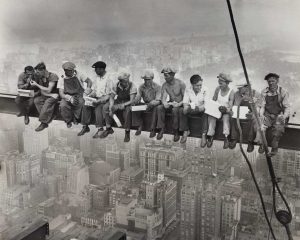
November 10, 2016 — November 13, 2016
Daniel Blau is delighted to announce Reflections, an extraordinary exhibition focusing on American photojournalism in the context of an emerging atomic age. This year’s selection includes vintage colour atomic photographs from the US Army, newly discovered photographs by Weegee and Edward Wallowitch as well as a collection of prints of the iconic NASA portrait of Buzz Aldrin standing on the moon. Continue reading “Paris Photo 2016”
October 5, 2016 — October 9, 2016
On the occasion of PAD’s 10th anniversary in London, Daniel Blau is pleased to present an eclectic selection of paintings and photographs.
Artists include: Andy Warhol, Alfred Jensen, Dan McCarthy, Christa Dichgans, Marc Quinn as well as a fine selection of vintage NASA prints from the Apollo XI mission.
All the works presented here show the artistic results of translating the power of imagination into pictures. From Warhol’s precise and inimitable lines, to McCarthy’s uncharacteristically light oil paintings all the way to the wonders of the moon landing – this show promises to inspire and awaken our senses.
Imagination from Latin imaginatio(n-), from the verb imaginari means to ‘picture to oneself ’, from ‘image’. Picture This! shows the powerful artistic and political powers of pictures – their ever-lasting effectiveness to capture their audiences and astound them with the condensed, yet distilled pictorial information we so greatly love.
Come and join us for this special 10th anniversary instalment of PAD in Berkeley Square, we look forward to welcoming you at our stand.
Please click here to download our Press Release.
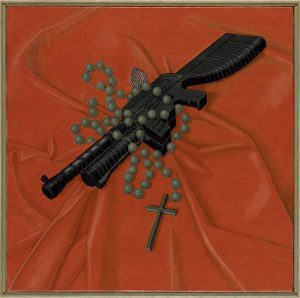
October 6, 2016 — October 9, 2016
Daniel Blau is delighted to participate once more in the “Collections” section, curated by Sir Norman Rosenthal. This year’s selection promises a stunning juxtaposition of paintings by Eugène Leroy and poi (taro) pounders from the Pacific.
Eugène Leroy (1910 – 2000) was a French painter whose works were typically made over many years, where paint was gradually applied to the canvas to create these magnificently thick, expressive surfaces. His paintings show his life-long preoccupation with light – how light is captured not only through colour, but through layers of paint. His contemplation of light and form shows itself most when we closely examine the paintings. Leroy’s thick surfaces are the results of his painterly quest to investage light. Areas he was satisfied with were left ‘thinner’ than those he needed to develop, add, layer until his desired result was obtained. His subjects, often nudes, become almost indistinguishable amidst the material density created. Though he remained largely unrecognised until the 1980s, he was awarded the Grand Prix Nationale de la Peinture in 1996 and his paintings are held in numerous public collections.
We will show a range of works from the 1960s to 1990s. Poi pounders, or Penu in Tahitian, are characterised by their beautiful, pure and essential form. They are used for pounding cooked taro root (kalo) into poi, a main staple of the traditional Pacific, mostly Polynesian diet. Taro root was steamed in an imu (earth oven), peeled with a shell scraper, and placed on a wooden pounding board to be mashed with the stone pounder. Most have been skilfully crafted from fine basalt or coral rock and sometimes show elaboration and embellishments on their handles such as carvings of humans and animals. The exquisite selection of 15 – 20 pounders we will exhibit at this year’s Frieze Masters has been collected over the last 30 years.
They are magnificent examples of how form follows function. The poi pounders are as equally utilitarian as they are evocative and sculptural.
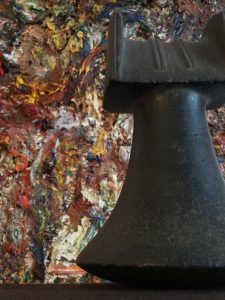
June 16, 2016 — June 19, 2016
“All art is a revolt against man’s fate.”
From André Malraux, The Voices of Silence, 1953, Princeton: University Press, Reissued 1978, p. 639
Daniel Blau is pleased to present an enticing selection of “dirty pictures” at this year’s Art Basel.
Beginning with George Grosz (1893 – 1959), the penetrating draftsman whose acerbic wit created unique visions of the Weimar Republic. His drawings show explicit sexual scenes between couples as well as daring ménages-à-trois. Stylistically, Grosz’s drawings are candid and expressive – every line is considered. His pioneering style, subject-matter and technique lay the foundations for seminal artists of the 1960s such as de Kooning, Johns, Warhol and Rauschenberg. These dirty pictures, exhibited here for the first time, offer a rare glimpse into Grosz’s intimate world. His work perfected the art of dissecting the insides of his own, as well as society’s soul.
Continuing with works on paper, this year’s exhibition will bring an equally exciting selection of Andy Warhol’s (1928 -1987) early Nude and Dick drawings that study the human form, providing us with unparalleled insight into the early career of one of the 20th century’s most important artists. These works on paper reveal a lesser-known side of Warhol’s, one founded in European art history and reminiscent of early 20th century masters such as Schiele, Dix, Grosz, Klee and Klimt.
Furthermore we are proud to present a small selection of vintage, heavily retouched photographs that idealise their subject matter. Gouache and airbrush retouching was a technique used from the 1920s onwards, where editors would retouch prints directly in preparation for their wide-spread dissemination through the printing press. These prints are unique works that testify their handling and offer us visual clues to their ‘reproductive’ purpose. By bringing together fact and fiction these artworks are impressive results of the pictorial universe and its unquenchable thirst for PICTURES! Never meant to be seen – these works show exciting and different types of secret, “dirty pictures” they are a delightful combination of drawing and photography.
Nobuyoshi Araki (*1940) is the Japanese photographer. He is perhaps best known for shooting naked girls in bondage or playing with a range of plastic dinosaurs and other toys. We present his work in a collection of polaroids showing flowers – innocent yet highly suggestive. Iconic, mythical, a medium in his own right , Araki’s art boldly shows life’s beauty and brutality with a remarkable directness. These polaroid pictures reflect his hallmark style which is deliberate, yet casual. “Rather than shooting something that looks like a professional photograph, I want my work to feel intimate, like someone in the subject’s inner circle shot them”. These unique pictures show the ephemeral nature of beauty and photography’s power in capturing it.
Click here to download our Press Release.
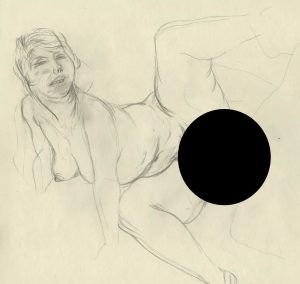
May 19, 2016 — May 22, 2016
The Labyrinth
Anthropos apteros for days
Walked whistling round and round the Maze,
Relying happily upon
His temperment for getting on.
The hundreth time he sighted, though,
A bush he left an hour ago,
He halted where four alleys crossed,
And recognized that he was lost.
“Where am I? Metaphysics says
No question can be asked unless
It has an answer, so I can
Assume this maze has got a plan.
If theologians are correct,
A Plan implies an Architect:
A God-built maze would be, I’m sure,
The Universe in miniature.
Are data from the world of Sense,
In that case, valid evidence?
What in the universe I know
Can give directions how to go?
All Mathematics would suggest
A steady straight line as the best,
But left and right alternately
Is consonant with History.
Aesthetics, though, believes all Art
Intends to gratify the heart:
Rejecting disciplines like these,
Must I, then, go which way I please?
Such reasoning is only true
If we accept the classic view,
Which we have no right to assert,
According to the Introvert.
His absolute pre-supposition
Is – Man creates his own condition:
This maze was not divinely built,
But is secreted by my guilt.
The centre that I cannot find
Is known to my unconscious Mind;
I have no reason to despair
Because I am already there.
My problem is how not to will;
They move most quickly who stand still;
I’m only lost until I see
I’m lost because I want to be.
If this should fail, perhaps I should,
As certain educators would,
Content myself with the conclusion;
In theory there is no solution.
All statements about what I feel,
Like I-am-lost, are quite unreal:
My knowledge ends where it began;
A hedge is taller than a man.”
Anthropos apteros, perplexed
To know which turning to take next,
Looked up and wished he were a bird
To whom such doubts must seem absurd.
_________________________________
Daniel Blau is pleased to present Anthropos at Photo London, an exhibition revealing the human body through physical or political gesture. Movement and gesture have captured artists’ imagination from time immemorial. The artworks presented here all share the exceptional ability to capture various forms of gesture from posed, formal portraits to iconic, candid moments. Indeed, this year’s selection includes a photogram, where the human body had direct contact to light-sensitive material, impressing its outline on the work. The photogram (nudogram) presented here is a unique large-scale work by Floris Neusüss from 1964. This photographic imprint echoes the earliest experiments made by notable pioneers such as Anna Atkins in their cameraless processes, where the work has an inimitable quality and directness.
Photography’s ability to preserve and document was recognised at the point of its invention. Movement posed problems for photographers due to the long exposure times required, thus sculpture and architecture provided photographers suitable subjects. Our 19th century selection includes a spectacular albumen print taken by James Anderson in 1855 of Laocoön and his sons being seized by snakes. Set against a black background, the sculpture obtains a strong theatrical presence. Further 19th century works include Édouard Baldus’ exceptional photographs of statues in the Louvre as well as the Fratelli Alinari’s work and a selection of works by Giorgio Sommer of the human casts from Pompeii. Sommer’s photographs preserve and catalogue the remains of Mount Vesuvius’ eruption from 79 AD, which destroyed and buried the ancient town along with its inhabitants. These early works demonstrate the distinctive engagement with the aesthetic gestures in art and underline the long-standing interplay between the media of photography and sculpture.
Moving into the 20th century, we explore artists whose work oftentimes reintroduces historical methods (direct impressions of objects made onto light-sensitised material) to a contemporary practice: The London-born Adam Fuss’ photogram of a floating baby reflects the aforementioned early photographic explorations of sculpture. As Fuss traces the baby’s outline and the water’s rippling movement he produces a unique and evocative work outlining the human form.
Political gestures are best described through examples such as an early work by Anselm Kiefer from his Occupations series, which is shown alongside various press photographers, unique vintage prints by Weegee, and finally, a selection of vintage NASA prints showing astronauts floating in space. Where Kiefer’s work questions art’s existence and function since fascism, Weegee’s unstoppable urge to capture life’s (and death’s) dramas shows photography’s outstanding ability to fix instances otherwise perhaps invisible to the eye. Combining both sculptural and political qualities, the vintage NASA prints of spacewalks (from the Gemini missions), show dreamlike moments of human weightlessness.
This selection of artists shows the numerous points of intersection between the ‘political body’ and the ‘artistic gesture’.
Somerset House,
Stand G6
Preview Day: 18th of May
The fair is open from the 19th – 22nd of May, 2016.
“The Labyrinth” by W. H. Auden, 1940
Copyright © 1945 by W. H. Auden, renewed, reprinted by permission of Curtis Brown, Ltd.
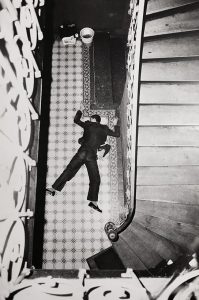
March 11, 2016 — March 20, 2016
We shall not cease from exploration
And the end of all our exploring
Will be to arrive where we started
And know the place for the first time.
– Verse V from Little Gidding (1942) – T. S. Eliot
TEFAF is the occasion at which we introduce our most exquisite artworks, which in many instances are collected over years, enabling us to contextualise and often premiere these as groups at the fair. In introducing unique or previously unrecognised photographic objects to the public, our experience and research-expertise distinguish us as a gallery. Continue reading “Tefaf 2016”
November 12, 2015 — November 15, 2015
Extra! Weegee features new discoveries as well as famous icons of Arthur “Weegee” Fellig’s legendary photographs.
Weegee’s unstoppable energy and photographic mastery grants him his prominent position in both artistic photography as well as in photojournalism. His famous use of a flashgun created what he termed “Rembrandt lighting” – a highly contrasted chiaroscuro effect which simultaneously heightened and accentuated visual details,rendering crime scenes less gruesome whilst maintaining photojournalistic standards for print. Weegee’s visions are unique: often showing nocturnal scenery. His varied themes have inspired generations of photographers. Whether visiting a gala event or racing to a crime scene, Weegee’s interest was often directed at onlookers’ reactions rather than at the spectacle itself. His pictures highlight the sensationalist and voyeuristic elements inherent in photography.
We are particularly pleased to reaffirm Weegee’s ongoing relevance as a creative force in this ensemble of vintage prints from the 1930s and 40s that we are presenting at Paris Photo this year.
_________________________
Daniel Blau features breathtaking photographs taken in orbit 50 years ago.
On March 18th, 1965, the Russian cosmonaut Alexey Leonov was the first human to step out of a spaceship during the Voshkod II mission. His 12 minute space walk marked a new level in the already heated competition between the Soviet Union and the United States. It was only a few months later on June 3rd, that Ed White made his space walk debut. This initiated the photographic narratives of the space race between the two superpowers. The camera has always been a silent partner in space. Photography, constantly redefining itself and our perceptions of reality, has played a decisive role in conveying the magnitude of mankind’s achievements. These pictures continue to impact our cultural, spiritual and political understanding of our environment and universe.
_________________________
Daniel Blau presents universally awe-inspiring photographs of nuclear explosions.
At 5:30 am on July 16th, 1945, the silence of the New Mexico desert was shattered by the blast of the first nuclear test, code-named ‘Trinity’. It irrevocably changed the world, ushering in the Atomic age. The light emitted by the explosion was sufficient to cause temporary blindness to an observer just half a mile away. Daniel Blau’s focus at this year’s Paris Photo is directed towards photographs of American nuclear tests from the 1940s and 50s.
Life Is Not a Test shows a unique selection of rare vintage prints of test explosions in the Pacific as well as the Nevada desert. These spectacular photographs reveal man’s most destructive forces at work and point to the fusion of art, history and technology caused by collisions of political and ideological differences. These photographs stand as a testimony to the history behind the study of the atom, which began centuries ago with philosophers investigating the structure of matter. It was the Greek philosopher Democritus (ca. 460 – 370 BC) who first formulated a hypothesis on the existence of atoms. The intersections between aesthetics, science and philosophy are dramatically demonstrated in these photographs of atomic explosions.
Exhibition: November Thurs. 12th – Sat. 14th, 12 – 8 pm, Sun. 15th / 12 – 7 pm.
at Grand Palais
Avenue Winston Churchill, 75008 Paris
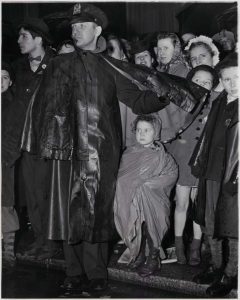
October 14, 2015 — October 18, 2015
Daniel Blau is pleased to show at the launch of the “Collections” section of Frieze Masters. Exhibited here for the first time together, Blau’s impressive collection of Pacific fish hooks can be admired alongside David Bailey’s stunning Uncharted photographs.
“A great catch” is, as we all know, a difficult feat. It is always supported by knowledge, skill and technology. In the Pacific though, it is about survival. The people of the Pacific Islands refined their fishing technique, making it an art form. Their craftsmanship evolved through many generations perfecting how, where and when to catch a particular fish at any given moment. The elegance of these hooks is astonishing: they can all be distinguished by fascinating, sometimes minute, variations in detail as every hook is designed for a specific type of fish. The hook itself is the mesmerisingly inviting bait which, by virtue of its sublime design and material, entices the fish to seize it. Distinctive in their production, the hooks are made using only local materials available to the isolated island societies. Most of the hooks presented here were made without any use of metal since metals had only been introduced to the islands after the first European explorers’ arrival in the last quarter of the 18th century. Unfortunately this ancient knowledge, craftsmanship and skill has become increasingly rare since the introduction of metal fish hooks. As the traditional ways of life on the islands give way to a globalised, 21st century standard of living – these hooks remain impressive and important examples of the distant Pacific Island Cultures.
Bailey’s collection of fragmented Uncharted prints, characterised by their torn edges, gives us insight into his artistic ingenuity and distinctive ability to create unique photographs, despite photography’s inherent reproducibility. Famous for his iconic portraits and inventive fashion photography, this collection of Uncharted prints shows another facet of Bailey’s œuvre. Torn before printing, the rough borders of these prints accentuate specific details whilst omitting others.Bailey makes his compositional choices in the brief magical moment of darkness between focus and exposure, releasing the unpredictable laws of chance in the creation of these fragments of his genius.
Put simply, a great collection represents the wonders of each individual object it houses.
Frieze Masters Stand G6
Regent’s Park NW1 4HA, London UK
Collectors’ Preview Tues. October 13th (invitation only)
Exhibition
Wed. 14th – Sun. 18th October 2015
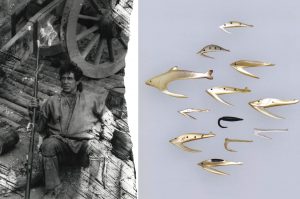





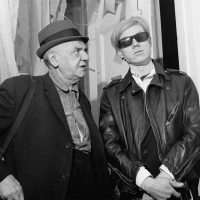
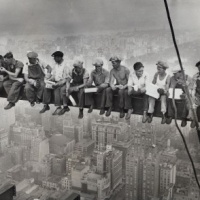
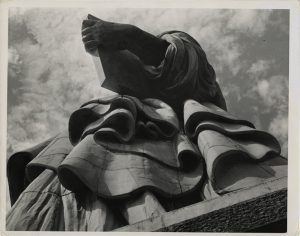
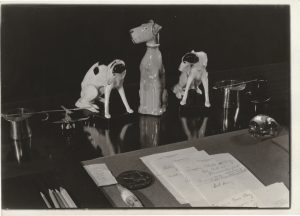
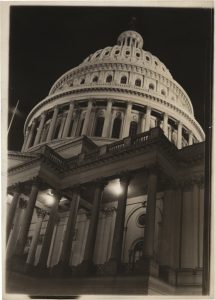
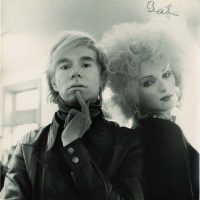
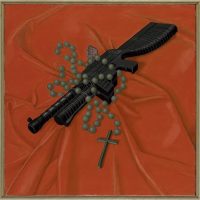
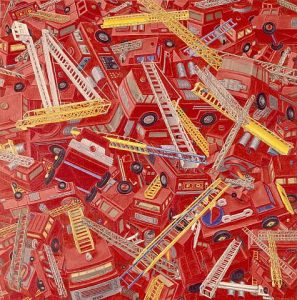
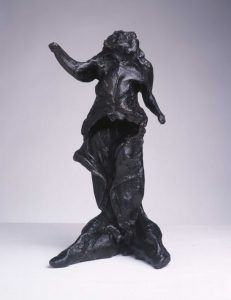
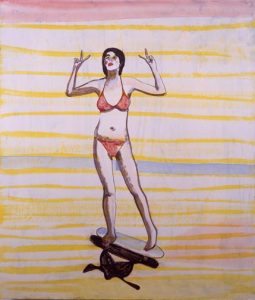

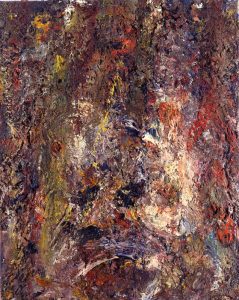
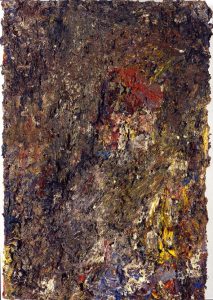

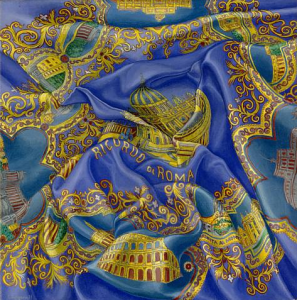

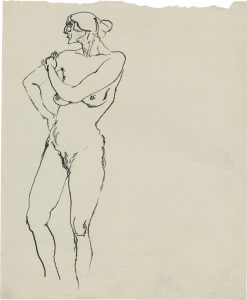
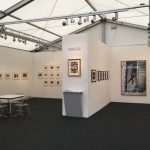
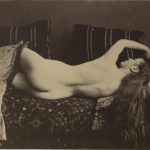
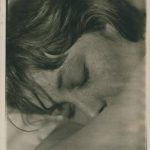
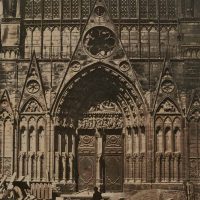


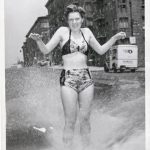
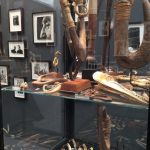
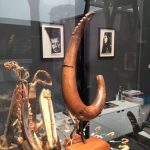
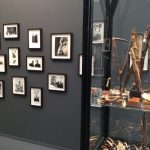
 +49 89 29 73 42
+49 89 29 73 42